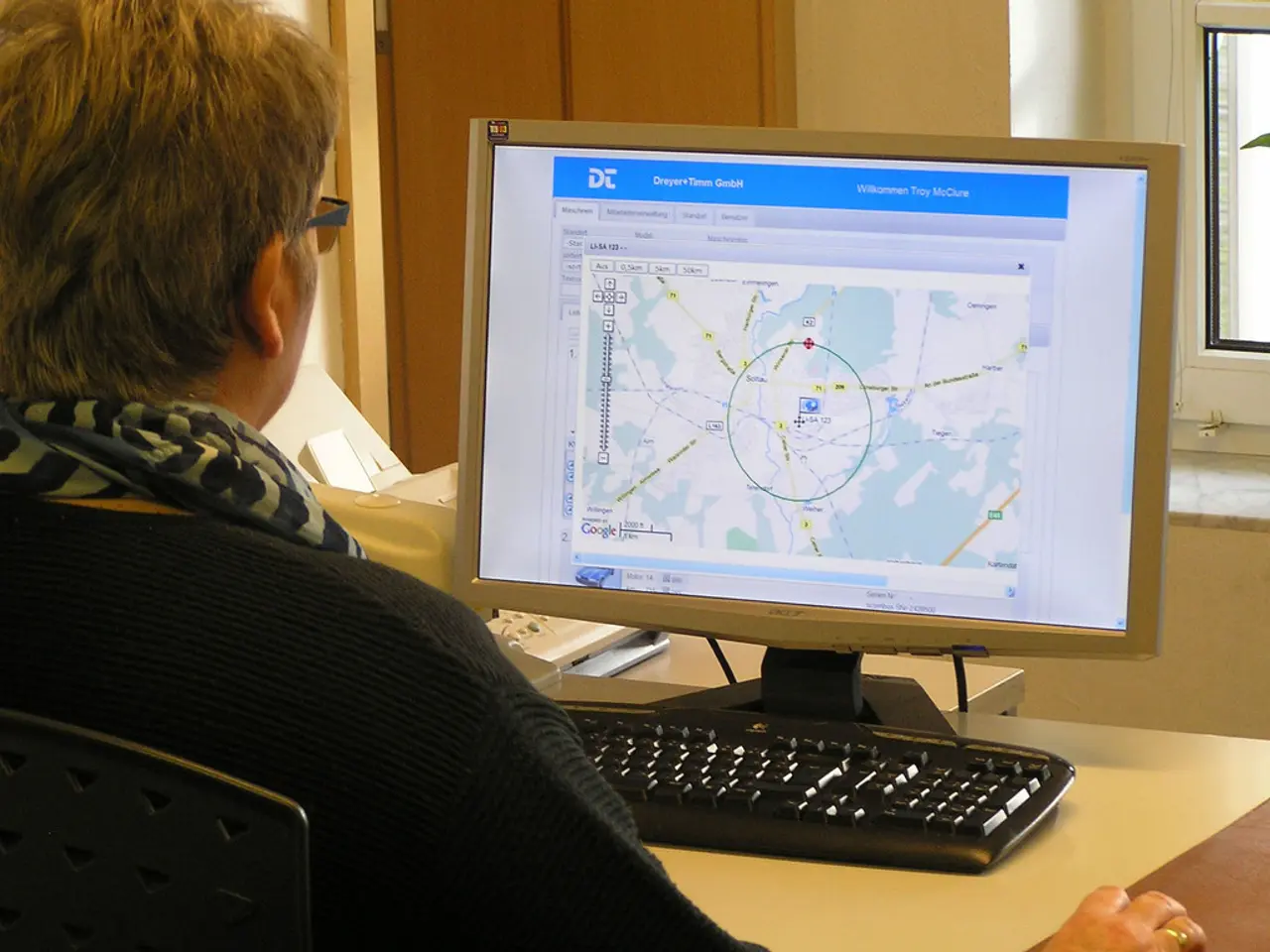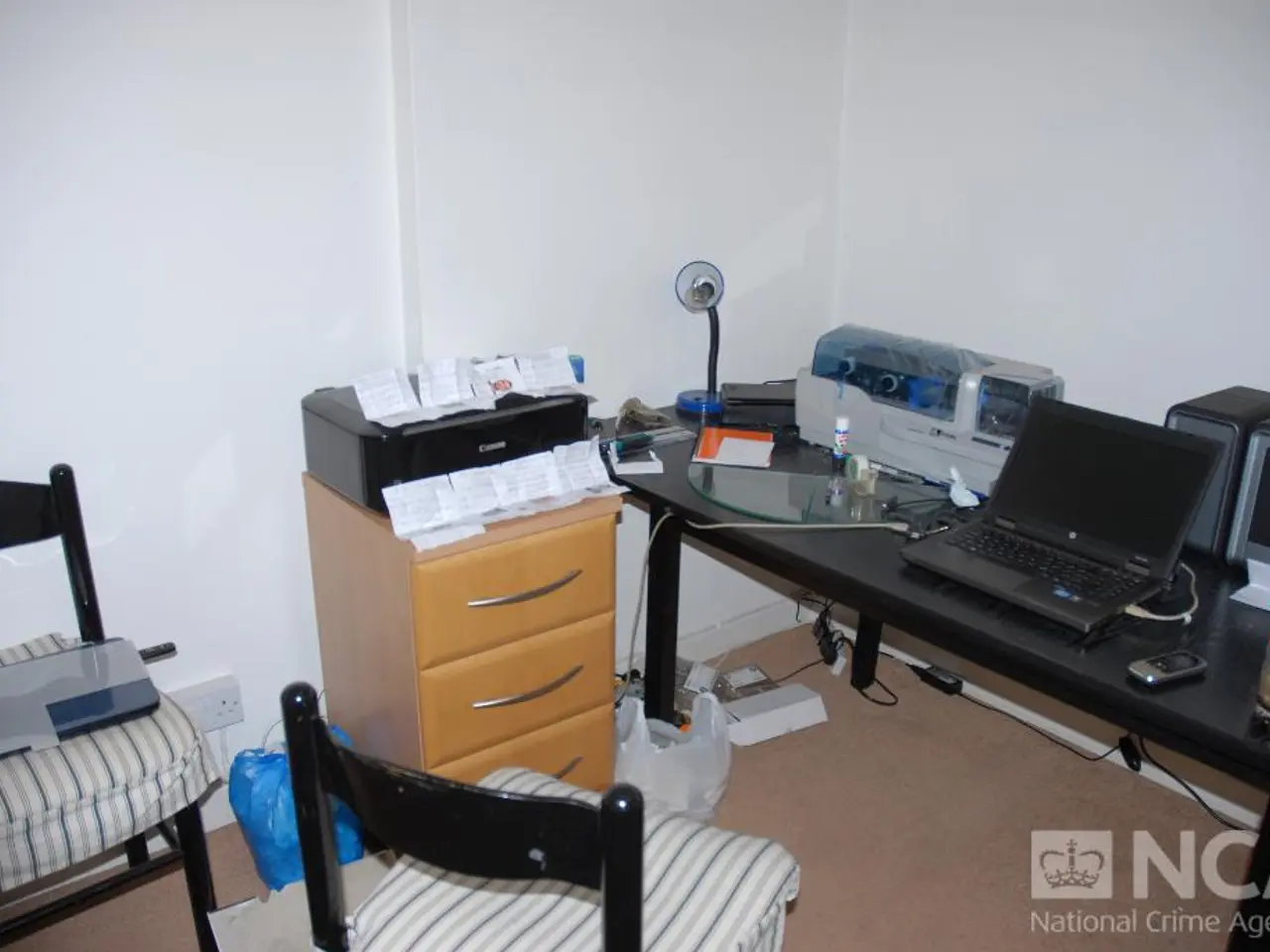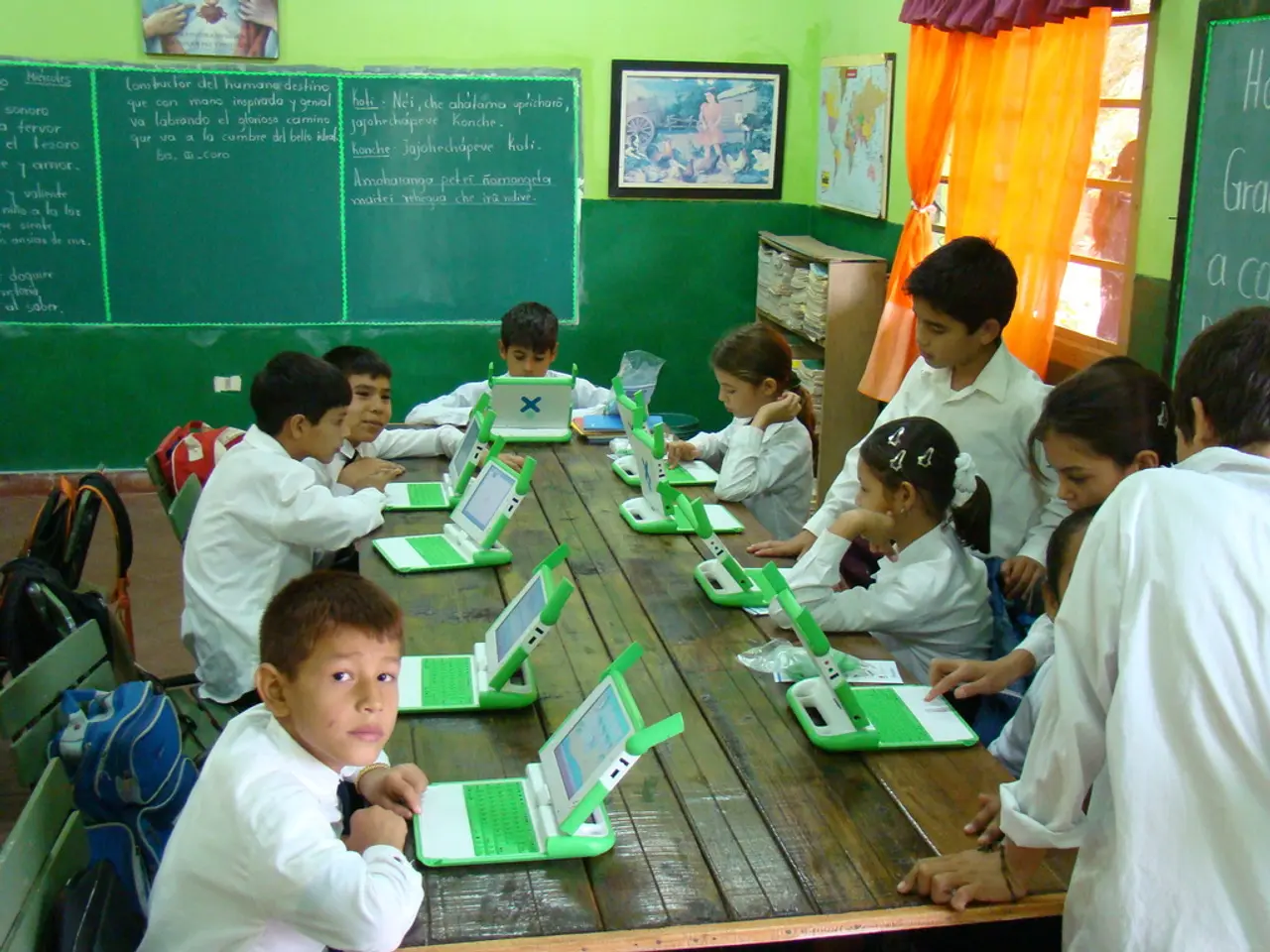Collaborative effort on a global scale, facilitated by City Science Network, that allows local communities to pool their resources and knowledge.
The City Science Network, a global initiative spearheaded by MIT Media Lab's Principal Research Scientist Kent Larson, is making strides in improving urban areas worldwide. This network of sister labs, dedicated to collaboration and community-scale action, integrates interdisciplinary research, community engagement, and urban innovation.
Over the past nine years, the network has grown to include 10 affiliated labs operating in Asia, North America, South America, Europe, and the Middle East, supporting 30 researchers at the MIT Media Lab. Each lab works tirelessly to develop systemic solutions addressing social and environmental inequities in urban areas, with a focus on nature-based solutions and urban resilience.
One of the Network's key projects involved collaborating with the Hamburg City Science Lab to help identify sites for housing 70,000 refugees from the Syria war. This initiative, now recognized as a model for community consensus-building, achieved Hamburg Mayor Olaf Scholz's (now German chancellor) goals of equal burden sharing, resident-led decision-making in refugee housing placement, and promoting a vibrant, entrepreneurial community.
The project used a participatory approach, involving 44 workshops and Lego modules representing housing blocks, to enable community members to collectively explore the viability of refugee housing sites. This approach achieved Scholz's goals and set a precedent for future collaborations.
The City Science Network's goals include helping local communities grow into cities with high-performing, entrepreneurial, walkable neighborhoods, aiming for zero commuting, zero energy, maximum creative collisions, maximum equity, and maximum public health.
Recently, the City Science Network welcomed the newest member, NUR - the Negev Urban Research in Israel. This year's summit, held at the MIT Media Lab, marked this significant expansion.
The network's work extends beyond individual projects. A recent study by City Science researchers at MIT developed a community-scale climate model to help cities prioritize effective climate policy. This model could provide policymakers with the data they need to improve infrastructure and make informed decisions about resource allocation when deployed at scale.
In Mexico, the City Science group and the University of Guadalajara's City Science Lab are working together on the Axol project, a network of low-cost water quality sensors for informal communities. This project aims to empower communities to take control of their own water resources and promote sustainable practices.
The City Science Network's accomplishments include influencing policy and planning in cities globally by applying nature-based strategies to address climate change and urban resilience. It fosters global knowledge exchange and local implementation of solutions tailored to diverse urban contexts, including those in the Global South. This approach improves climate change adaptation and integrates equity considerations into urban development.
The network's work is supported by interdisciplinary methods that connect scientific research with practical city planning and community participation. This effort exemplifies a scalable, networked approach to urban science that bridges academic research and real-world city challenges, ultimately seeking just and livable cities worldwide.
Cities are believed to be crucial in addressing climate change, equity, and other major challenges of our era, as they contribute to 70% of greenhouse gas emissions and 90% of global population growth. The City Science Network's projects, when deployed at scale, could create research opportunities and provide policymakers with the data they need to improve infrastructure and make informed decisions about resource allocation.
As the City Science Network continues to grow and collaborate on projects, it remains committed to its mission of creating sustainable, equitable, and vibrant urban areas worldwide.
- The City Science Network, a global initiative led by MIT Media Lab's Principal Research Scientist Kent Larson, focuses on technology that improves urban areas worldwide.
- Each lab within the network specializes in research aimed at developing systemic solutions addressing social and environmental inequities in urban areas.
- The network's entrepreneurship involves collaboration and community-scale action, integrating interdisciplinary research, community engagement, and urban innovation.
- One of the Network's projects, a collaboration with the Hamburg City Science Lab, used technology to help identify sites for housing 70,000 refugees from the Syria war.
- In Mexico, the City Science group and the University of Guadalajara's City Science Lab are developing technology, like low-cost water quality sensors, to promote sustainable practices in informal communities.
- The network's work in climate-change research includes creating community-scale climate models to help cities prioritize effective climate policy.
- The City Science Network's goals for urban areas include achievings zero energy, zero commuting, maximum creative collisions, maximum equity, and maximum public health.
- The network's work in environmental-science and data-and-cloud-computing supports policymakers by providing them with the data they need to improve infrastructure and make informed decisions about resource allocation.
- The City Science Network is committed to its mission of fostering global knowledge exchange, as it believes that sustainable, equitable, and vibrant urban areas are crucial to addressing climate change, equity, and other major challenges of our era.




